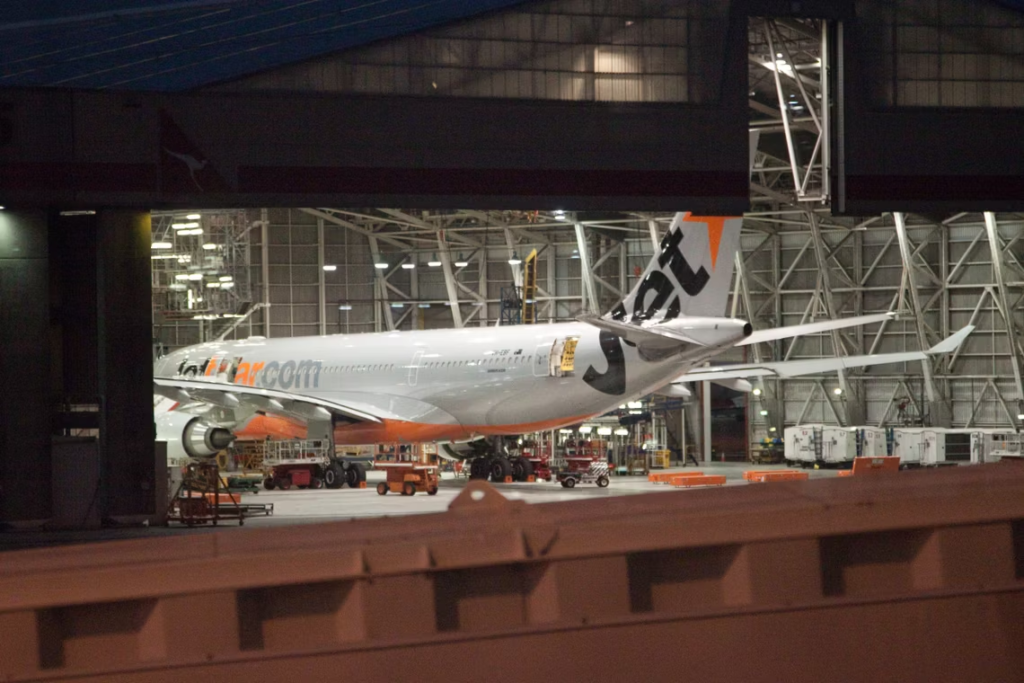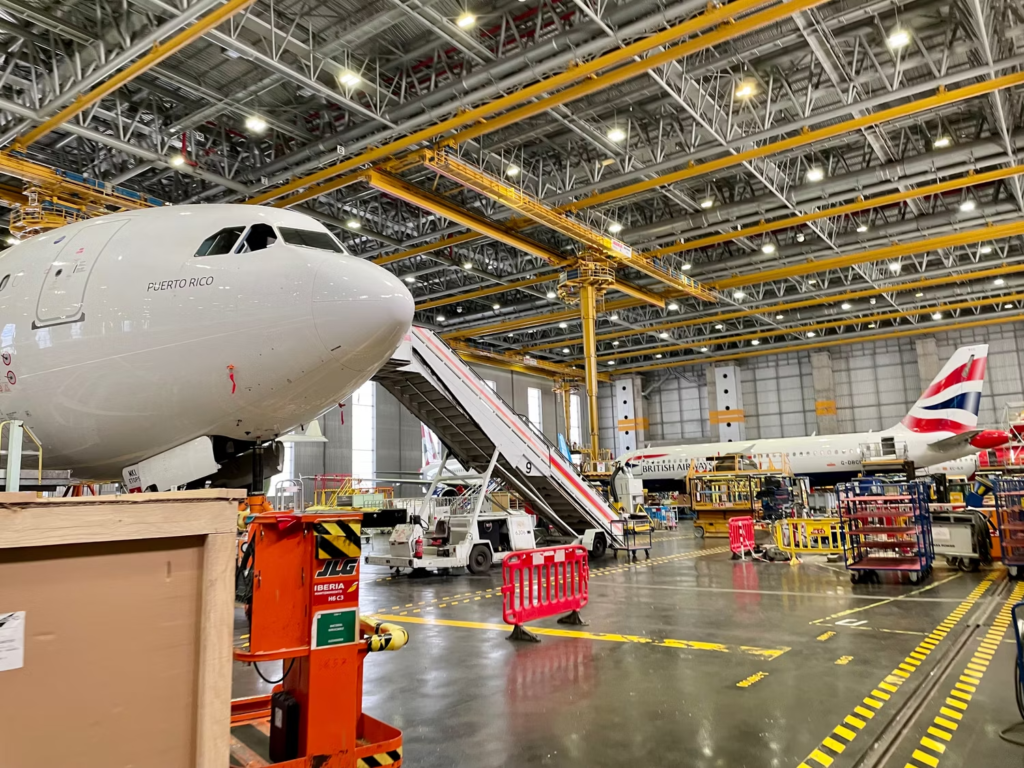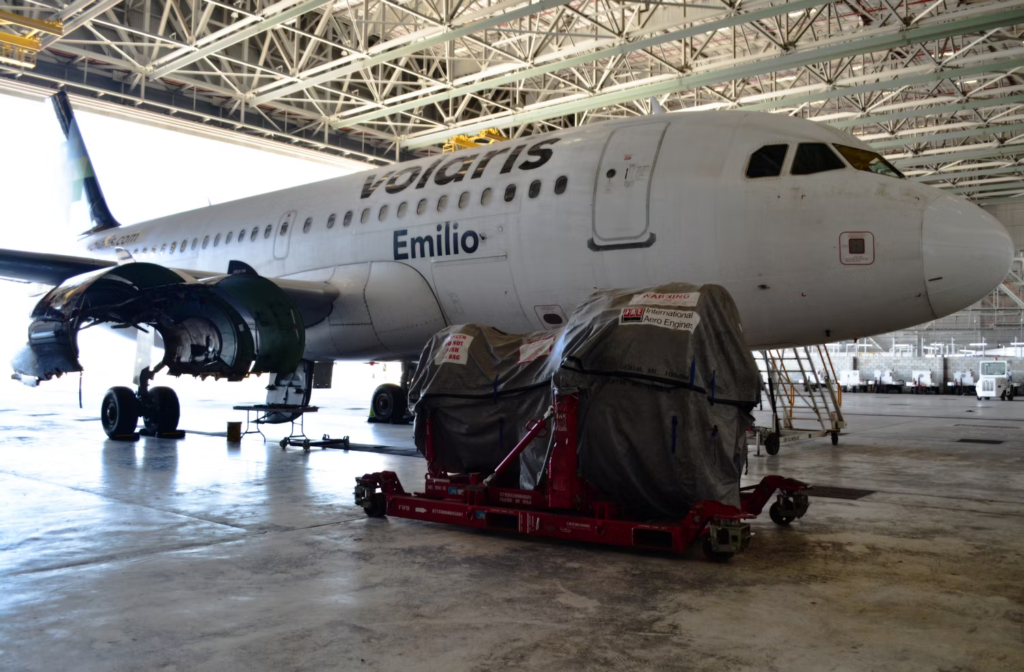This article was orginally published on simpleflying.com
Aircraft operators must ensure necessary maintenance is done to keep airworthiness certificates valid.

Aircraft are complex machines that require immaculate maintenance, repair, and overhaul (MRO) at various intervals throughout their lifetime. Aircraft are subject to extreme wear due to varying environmental and operational conditions. Regardless of its structural components, engines, or systems, frequent maintenance keeps the aircraft flying safely and profitably for operators.
Aircraft maintenance programs
An aircraft maintenance program for the type is certified at the time of the airworthiness certification acquired by the aviation regulatory authority. A certified maintenance program lists the manufacturer’s and operator’s responsibilities in keeping the aircraft within serviceable limits.
Airlines follow an Operator’s Approved Maintenance Plan (OAMP) that includes thousands of maintenance tasks, Service Bulletins (SBs), and Airworthiness Directives (ADs), along with the approval by regulatory authorities.
Maintenance processes
There are various levels of maintenance performed on the aircraft, from the basic line and ramp checks to comprehensive C and D Checks, where the complete aircraft is stripped down and maintained. Large maintenance hangars, machine shops, and test facilities are necessary to perform the job.

Photo: Sumit Singh | Simple Flying
Aircraft mechanics and technicians repair and perform scheduled maintenance on aircraft. Irrespective of the type of job, aviation regulations mandate mechanics to be qualified and licensed to perform any aviation-related job. Personnel who sign maintenance releases and certify airworthiness require an Aircraft Maintenance Engineer’s (AME) license issued by the aviation regulatory authority. Some jurisdictions may require aircraft structural technicians to obtain trade certification.
Maintenance tasks
Various inspection and maintenance tasks are performed on a regular basis. For example, the air conditioning system would go through dismantling and maintenance at specific intervals. Worn parts and malfunctioning equipment will be repaired or replaced before being installed on the aircraft. Life-limited parts (LLPs) must be removed and replaced when they reach their limit. The time on such equipment is zeroed after the maintenance shop visit until the next interval is reached.
Operators’ best practices
With thousands of functional parts, aircraft maintenance comprises hundreds of processes. Comprehensive maintenance can take as long as several thousand labor hours and incur costs upwards of several million dollars. Aircraft operators aim to minimize maintenance visits while safely utilizing their aircraft. Operators aim to perform on-condition maintenance (when possible) instead of preventive maintenance.
Regulatory authorities such as the FAA and EASA require operators to comply with preventative maintenance of critical parts to maintain the aircraft’s airworthiness certificate. Preventive maintenance requires timed inspections and maintenance of all parts, regardless of the condition they are in. However, such preventative maintenance has been shown to be ineffective due to costs and lost time on the wing.

Photo: Daniel Martínez Garbuno | Simple Flying.
The on-condition maintenance strategy enforces periodic inspections throughout the operational life of the aircraft. Parts and systems that either show signs of wear or indicate a defect are further inspected. The parts and systems that continue to operate within limits are left untouched. The extent of the maintenance depends on the defect and the maximum serviceable limit of the system.
Aviation InterTec Services
At Aviation InterTec Services, we are proud to offer our flagship product RAAS as the go-to maintenance management solution for mid-tier commercial fleet operators. Our system was developed specifically to provide comprehensive and integrated functionality at a cost that is within reach of the mid-tier market. RAAS offers powerful features such as automated real-time airframe time updating, electronic technical dispatch, MPD/MRB driven program management, and paperless/e-signature maintenance processes, all in a scalable, intelligent, and 100% browser-based package.
Our customers have experienced firsthand the benefits of increased efficiency and reduced costs through our easy-to-use inventory management and maintenance support system. With RAAS, you can expect quick deployment, ease of support, and low TCO, all while providing a scalable, efficient, and intelligent maintenance management system. Trust RAAS to provide you with the tools you need to streamline your maintenance processes, reduce costs, and ensure the safety and reliability of your fleet.